This quick guide outlines the gear you’ll need to build your own long lens panorama tripod head suitable for large format panorama creation.
When I started my large format project, I tried a few different tripod head kits. Initially, I tried a Sunwayfoto CR-3015A panorama head, thinking that I would prefer having two indexing axes with detent stops and the ability to rotated around the lens no-parallax point. This article originally started as something like “how I use the CR-3015A to make large format panoramas” but the more and more I used that panorama head, the less suitable it seemed to support my large lenses.
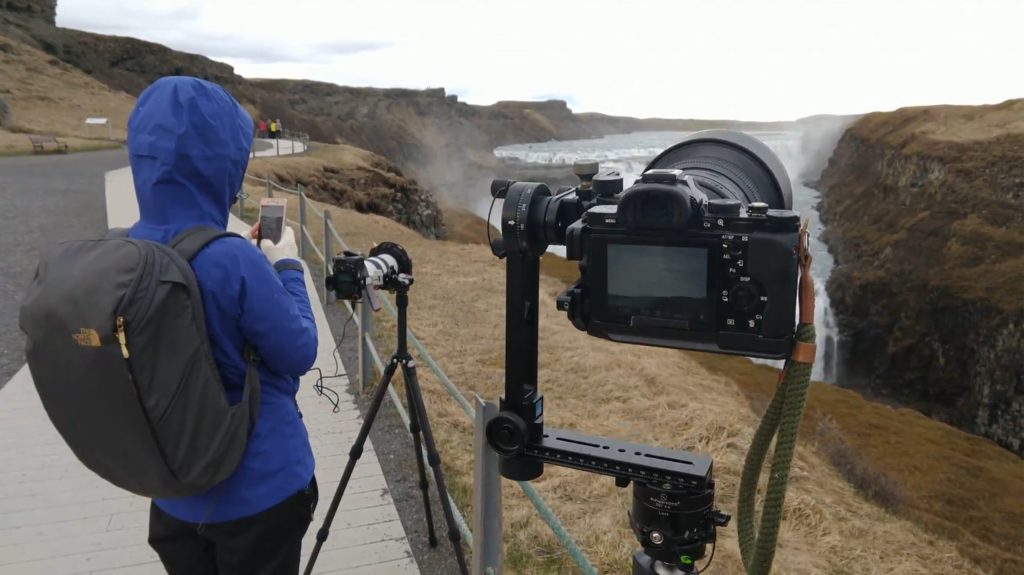
While that pano head worked great with my smaller 55mm lens, I found that it lacked stability when attempting to support my fairly hefty Sigma 105mm f/1.4 Art lens, the core piece of gear to my large format panoramas. In operation, it worked OK if configured for balancing the lens and camera, and I shot a lot of successful panoramas with it, but it never felt very stable. Anything more than a slight breeze would result in a blurry photo with that head. At first, I though that maybe I should get a beefier panorama head, but that was going down a rabbit hole I didn’t like. The CR-3015A was already bigger and heavier than I liked and a stiffer panorama head was almost guaranteed to be even more so.
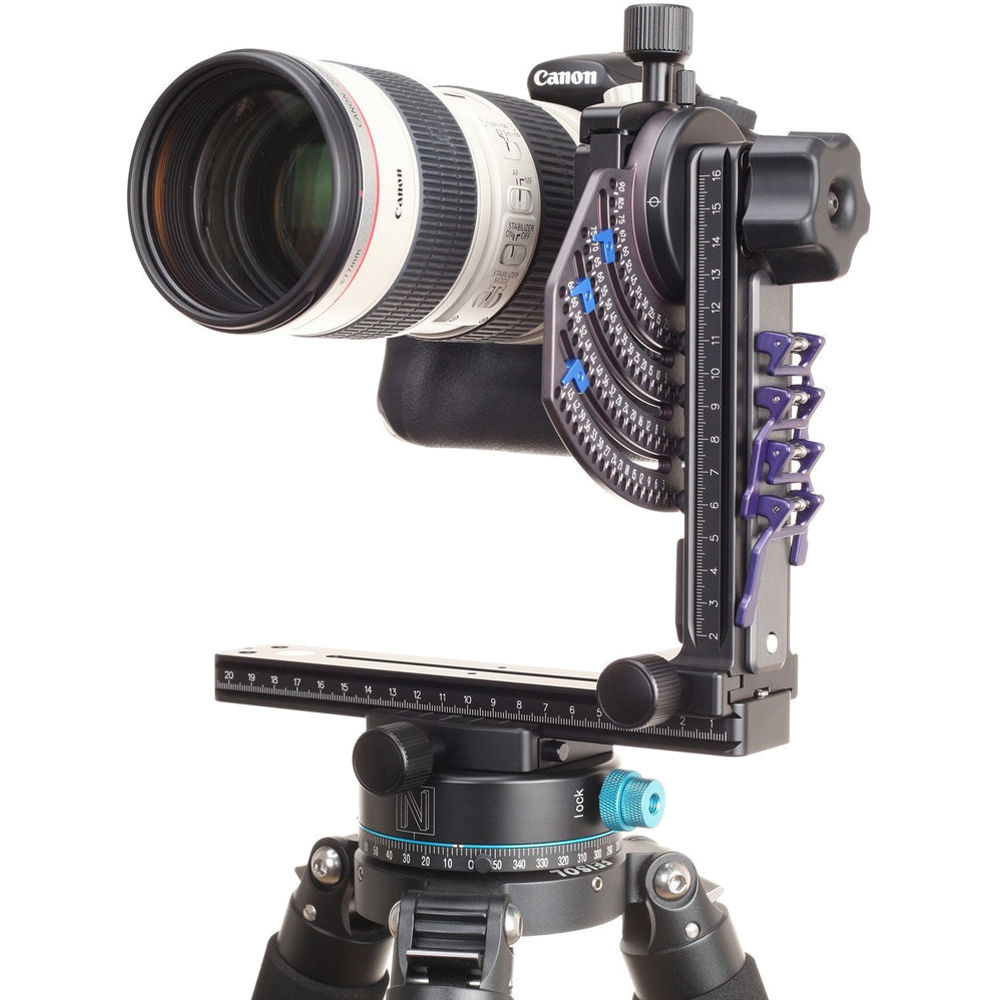
There are indexing panorama heads designed for supporting longer lenses, such as the Nodal Ninja M2 Giga that should work perfectly for gigapixel panos. If you want the absolute best option for gigapixel sized panoramas, go with that. The M2 Giga is probably one of the best gigapixel pano tools available. I personally was not ready for something even bigger and more expensive when I was already at odds with the weight of my camera kit as it was.
My basic conclusion was that a nodal-rail based no-parallax panorama head wasn’t what I wanted. I needed something smaller, lighter, simpler and cheaper, so I built it. I’ve since been using a custom assembled panorama head kit, made from several parts: a leveling base, indexing rotator, and monopod tilt head.
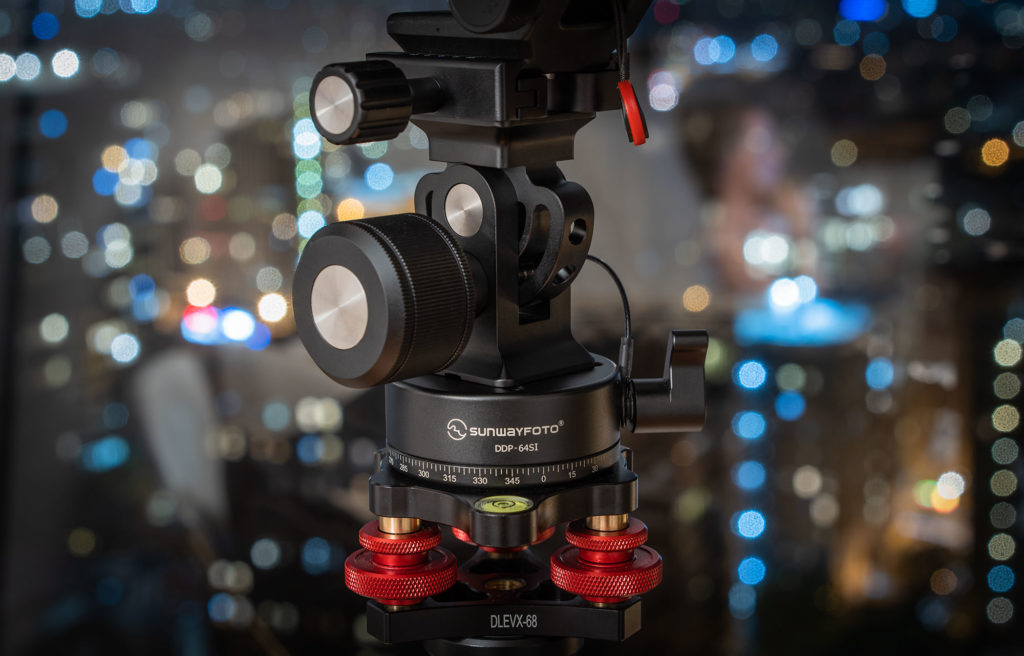
Below are details on each element of my simple large format long lens panoramic tripod head. I’ve talked about each piece, what I think of it and some alternatives to consider if building your own panorama head. This type of panorama head is designed with longer lenses (85mm+) in mind, since no-parallax shooting is not really necessary with long lenses, but it can also be used with shorter lenses and a nodal rail for nearly no-parallax shots.
Leveling Base
I use a Desmond DLEVX-68 leveling base mounted directly to the screw on the tripod apex. It has a simple bubble level that allows me to quickly level the panning rotator, even if the tripod legs are not perfectly level.
My DLEVX-68 works fine, but isn’t the best leveling base (it was cheap). The dome bubble level seems a little inaccurate and none of the bubble levels seems to be perfectly level to each other. Not a big deal, as it still quickly gets me really close to perfectly level. Some more leveling base options are:
- Desmond DLEVX-68 Leveling Base
- Sunwayfoto DYH-66i Leveling Base
- Acratech Leveling Base
- Acratech Large Leveling Base
While my current kit uses a separate leveling base mounted on top of my travel tripod’s apex, I’ve been looking to eventually replace both my tripod and leveling base with a tripod designed with a built-in leveling base at its apex, such as the Leofoto LS-284CEX or Leofoto LS-324CEX.
Indexing Rotator
Next up is a Sunwayfoto DDP-64SI indexing rotator that mounts on top of the leveling base.
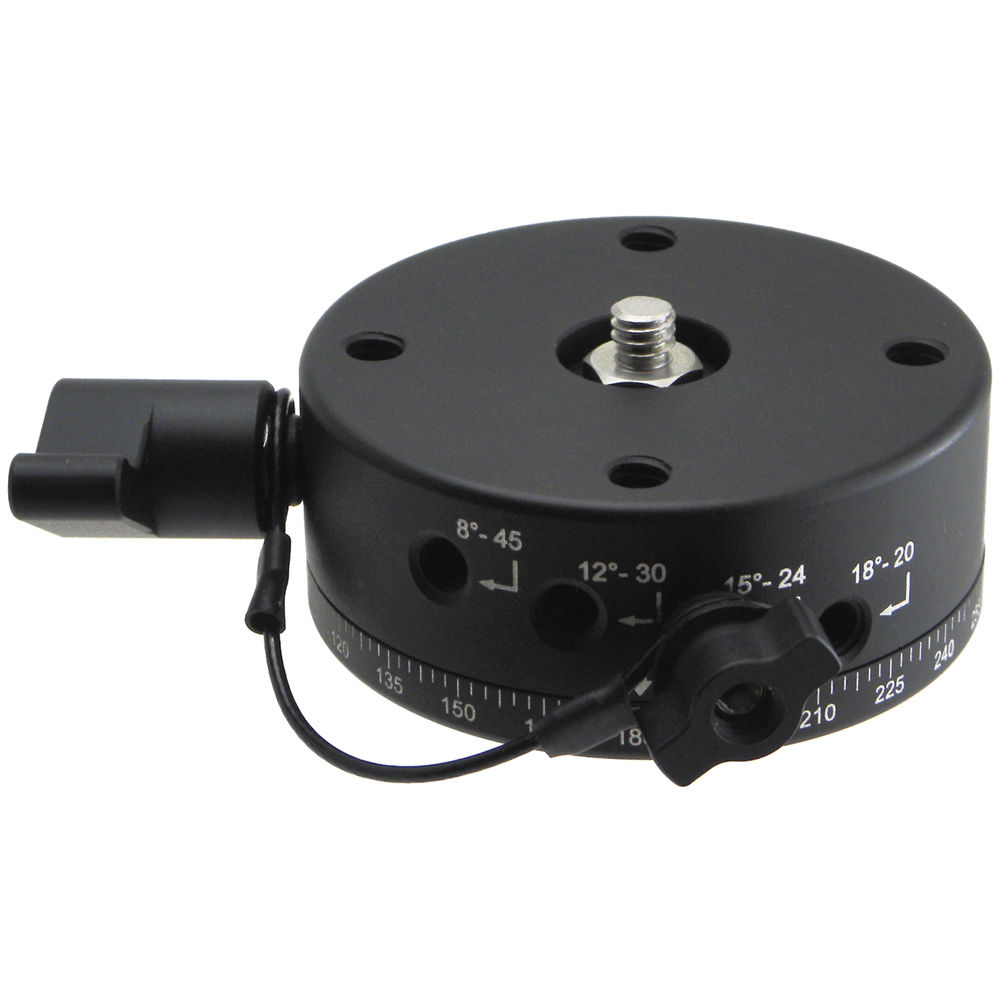
The DDP-64SI has adjustable, indexed detent stops at 8°, 12°, 15° and 18°, making it suitable for making indexed panoramas with focal lengths up to 135mm (with 50% overlap). It makes shooting at night much easier since the rotator clicks at each angle position.
An indexing rotator with detents is one of the most helpful elements of the large format panorama head. It’s not explicitly necessary to have a clicking rotator… you could use a regular head with degree markings and rotate it a specific number of degrees between each shot but that’s much more tedious and prone to error. With the DDP-64SI, I can shoot panoramas in the pitch dark, without needing to see the degree markings.
The DDP-64SI is a budget option. Its detent selector is a little finicky to get in the right position for the most audible click. The rotation is relatively smooth, but slightly uneven in friction from one position to another. Overall, it gets the job done. Some alternatives to the DDP-64SI are:
- Sunwayfoto DDP-64SI
- Sunwayfoto DDP-64M
- Nodal Ninja RD16 II
- Nodal Ninja RD8 II
- Nodal Ninja PCD5
- Manfrotto 300N
- Cinegears 5-105
Monopod Tilt Head
The final element, on top of the indexing rotator, is the Desmond DMH-2X1 tilt head. It’s a simple single axis head that’s built to support heavy telephoto lenses, like my Sigma 105mm f/1.4 Art. This is the last essential piece to allow the panorama head to shoot multiple rows.
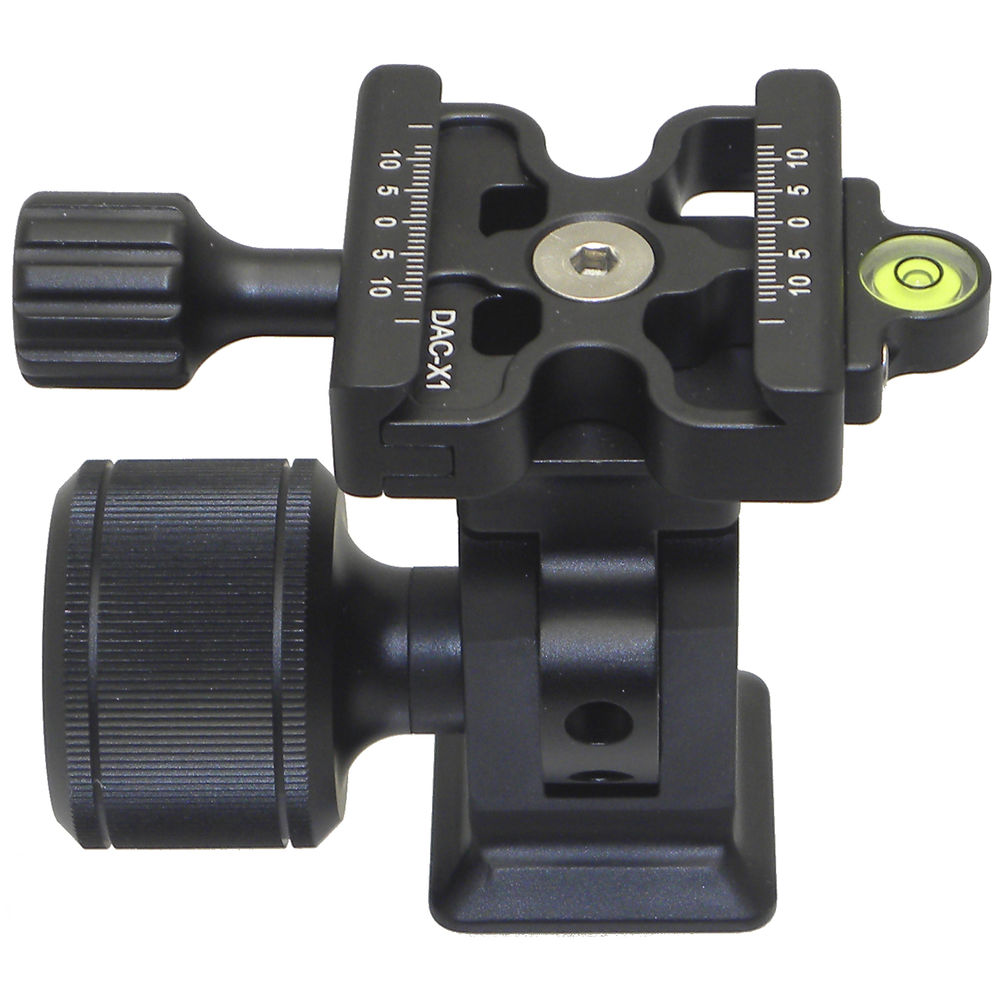
I chose the DMH-2X1 because it was cheap, nicely built, and its Arca clamp can be rotated 90 degrees if needed, so I can configure it for mounting either the tripod ring shoe of my lens, or the Arca L-bracket on my camera.
This piece of my panorama head was a welcome surprise. It’s relatively cheap, its motion is smooth and it feels really stable. One negative is that it doesn’t have any kind of click detent or degree indexing so I rely on visually tilting for 50% overlap on my panoramas.
The locking knob is giant and only requires a 1/4 turn to change from fully locked to free. I have mine mounted to the rotator via the screw thread, but its base is also dovetailed and can be clamped by any Arca compatible clamp. Some similar tilt head options to the DMH-2X1 are:
Overall, this custom built head is smaller, lighter, more stable, faster to setup, and cheaper than a most nodal rail based heads, like my CR-3015A.
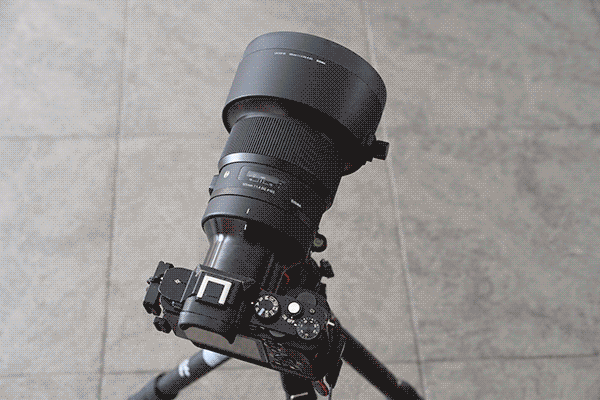
Other Long Lens Panorama Head Options
An even more compact alternative that foregoes indexing detents on the rotator would be to use an all-in-one tilt head with a built in rotator. The Acratech Long Lens Head is what Thomas Heaton uses for both his regular single shot landscapes and his panoramic shots. Some all-in-one options similar to the Acratech Long Lens Head are:
- Acratech Long Lens Head
- Acratech Panoramic Head
- Sirui L-20S 2-Way Pan/Tilt Head
- Sunwayfoto DT-02D50 Pan/Tilt Head
- DigitalFoto Solution AL-20T
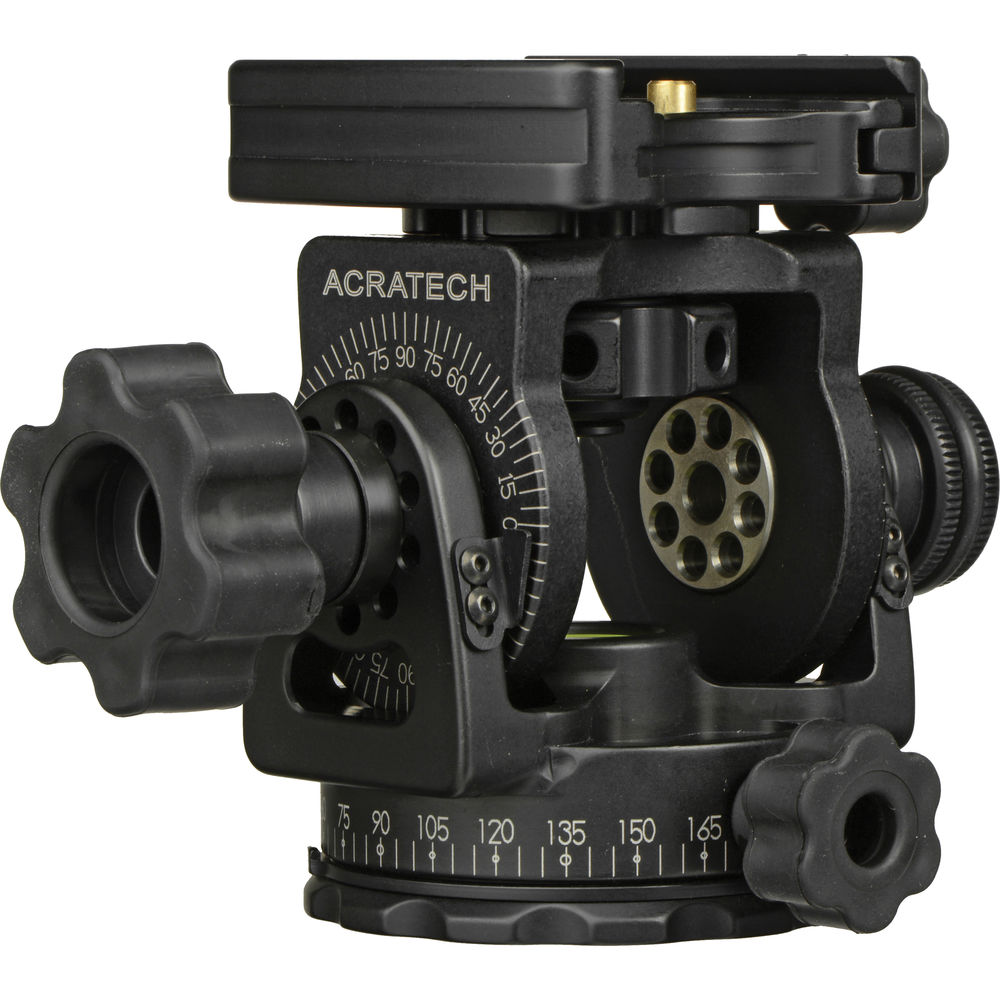
Since all of these options have only two axes, pan and tilt, a leveling base is still necessary to make sure that the panning axis is perfectly level while shooting. If you want the simplest, smallest and lightest panorama head, an all-in-one pan/tilt head like this is probably the best option, but at the expense of having no detent clicks on either axis.
Conclusion
In total, my large format, long lens panorama head cost less than $200 and does a great job at supporting my heavy large format camera kit. It’s much smaller and lighter and can be setup much faster than a typical multi-row panorama head. There are some areas for improvement and things it can’t do: The DLEVX-68 leveling base is precise, but not perfectly accurate. The tilt head lacks detent stops on the tilt axis and it would need a nodal slide added for no-parallax panning.
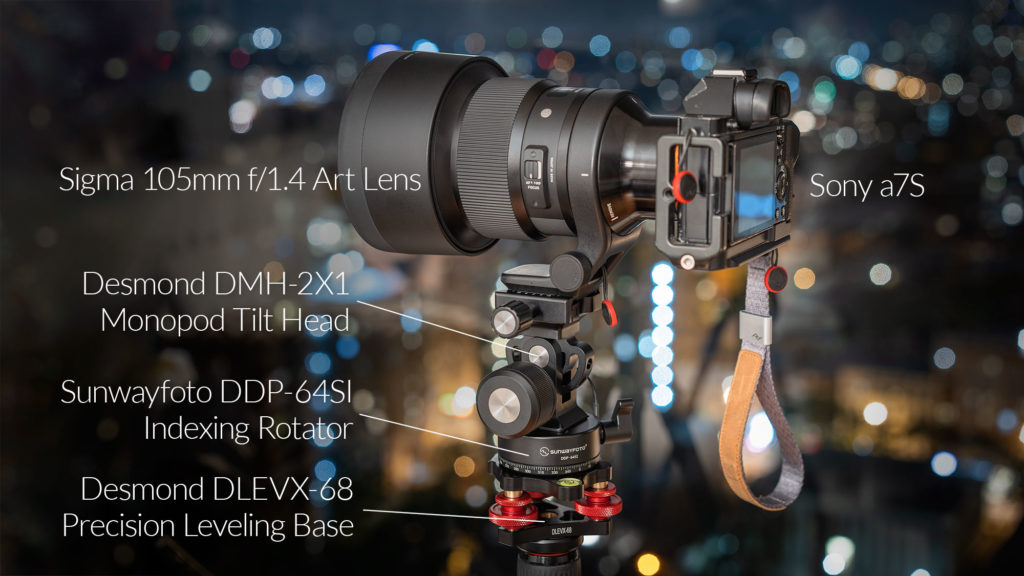
Overall, I really like this setup. It’s one of the essential tools that I utilize for my large format panoramas. To learn more about how I use this kit to make ultra high resolution multi-row large format panoramas, check out our complete large format astrophotography tutorial.
Disclosure
We are a participant in the B&H Affiliate Program which also allows us to earn fees by linking to bhphotovideo.com. We are a participant in the Amazon Services LLC Associates Program, an affiliate advertising program designed to provide a means for us to earn fees by linking to Amazon.com and affiliated sites.
Learn Astrophotography
Astrophotography 101 is completely free for everyone. All of the lessons are available on the Lonely Speck Astrophotography 101 page for you to access at any time. Enter your email and whenever we post a new lesson you’ll receive it in your inbox. Updates will be sent out only periodically, usually less than once per week.
Help us help you!
Believe it or not, Lonely Speck, along with North to South, make up our full-time jobs. It’s been an amazing experience for us to see a community develop around travel and learning astrophotography and we’re so happy to be a small part of it. I have learned that amazing things happen when you ask for help so remember that we are always here for you. If you have any questions about travel or photography or just want to share a story, contact us! If you find the articles here helpful, consider helping us out with a donation.
[button font_size=”16″ color=”#136e9f” text_color=”#ffffff” url=”https://www.paypal.com/cgi-bin/webscr?cmd=_donations&business=lonelyspeckblog%40gmail.com&item_name=These+tips+help+keep+lonelyspeck.com+running.¤cy_code=USD&source=url” target=”_blank”]Donate[/button]
Thanks so much for being a part of our astrophotography and travel adventures.
-Ian and Diana
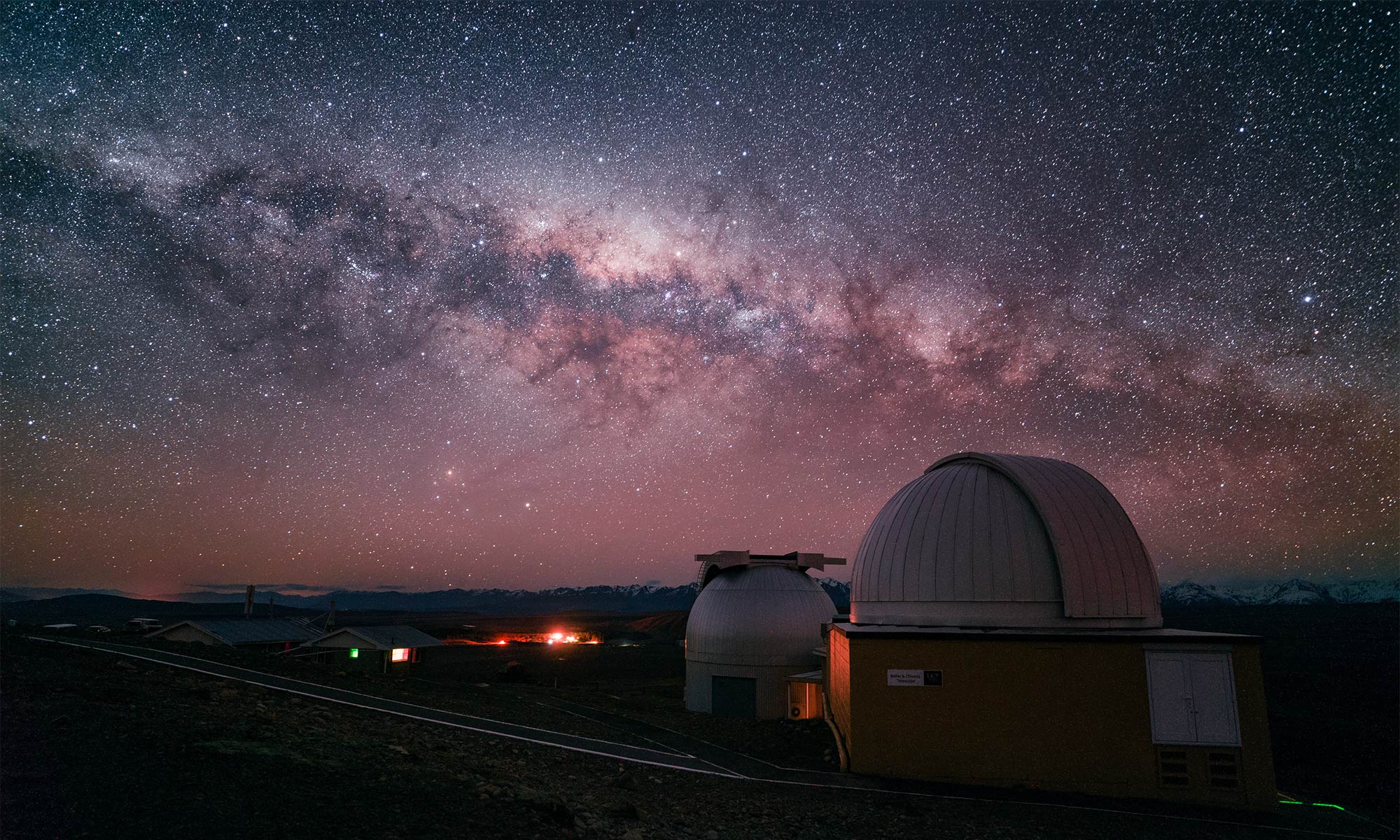
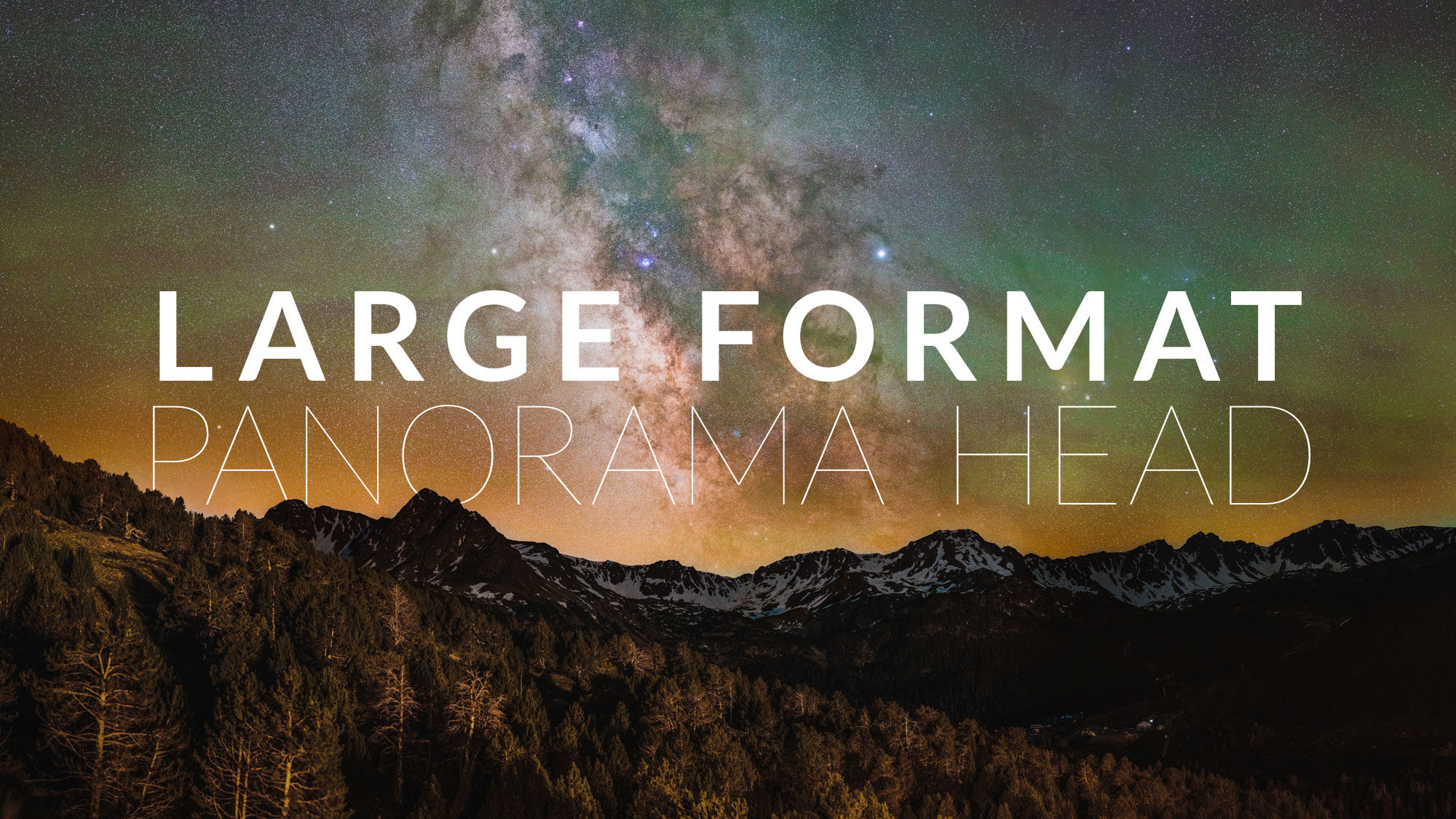

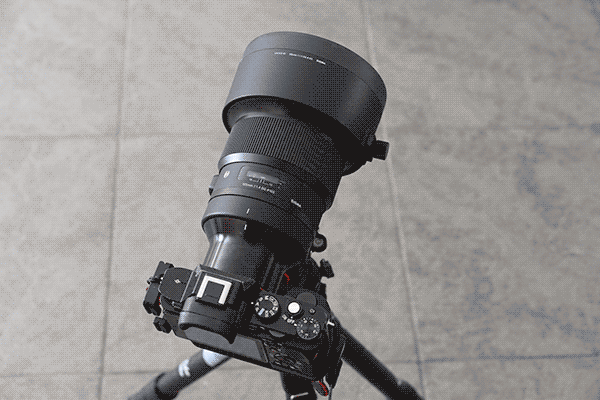
I found this article incredibly detailed and fascinating. I am a FujiX and GFX photographer and will try and work out my own system for experimenting with this concept. It would not be worth my while to try and duplicate the sophisticated setup detailed here and I will see how it develops for me my way. My questions relate to how I would manage this in Lightroom. I have only ever done single level multi image panos and they have worked well. The challenge for me will be blending the various horizontal levels. Have you put together any advice on this aspect. BTW your Iceland folio is simply wonderful. Full marks to you.
One other query is how you handle cloud, ground light, that moves over the period of a shoot?
Robin Page
Australia.
Thanks for providing all the details of your current setup. I’ve been trying to apply your medium format via stitching idea and have been frustrated trying to get reproducible steps with multi-row panos. My final solution was to use two of the Sunwayfoto rotators (bottom one is the 64SIX with the acra plate attached) with a universal L-bracket. That allows clicking through both horizontal and vertical settings without guessing in the dark. Works fine for my APS-C and even a 6D2 if I tighten the vertical adjustment after each click.